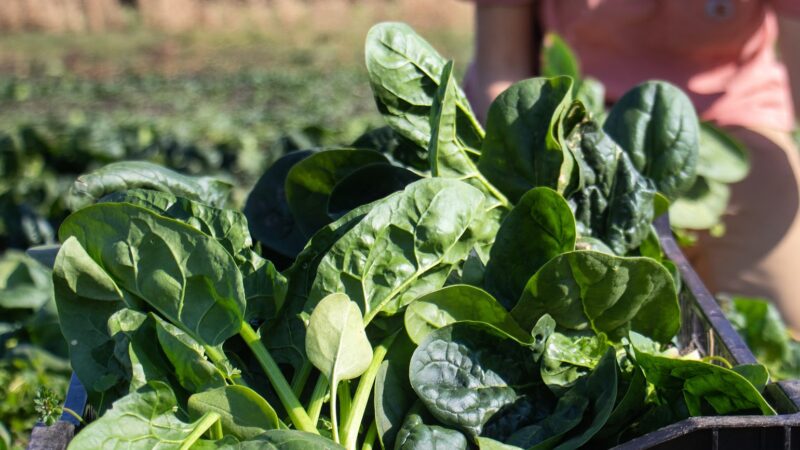
Overwintered spinach
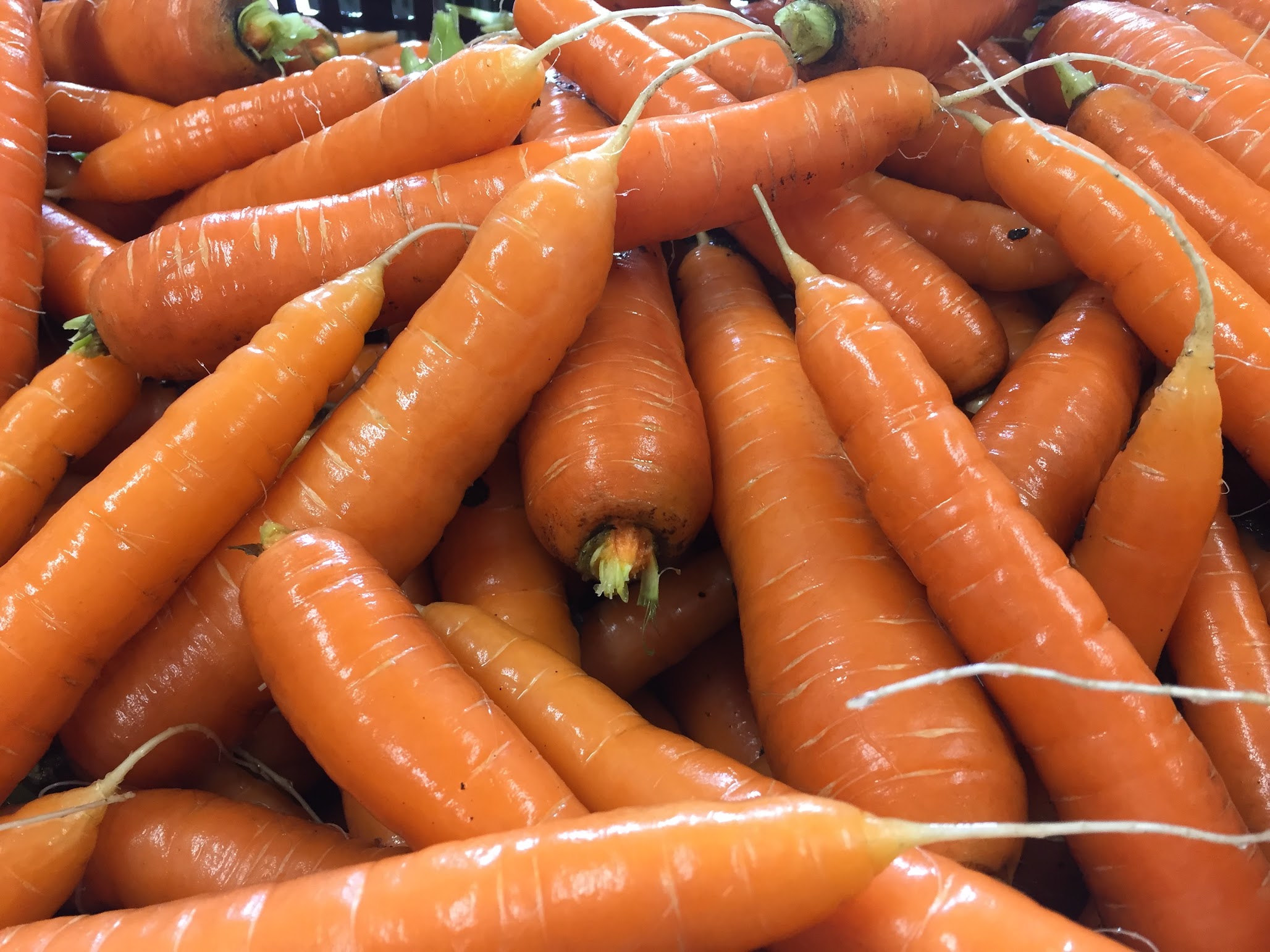
Our most popular winter crop — overwintered carrots!
There’s an increased interest by many farmers and scientists in working with overwintered crops this year, perhaps due to our mild winter.
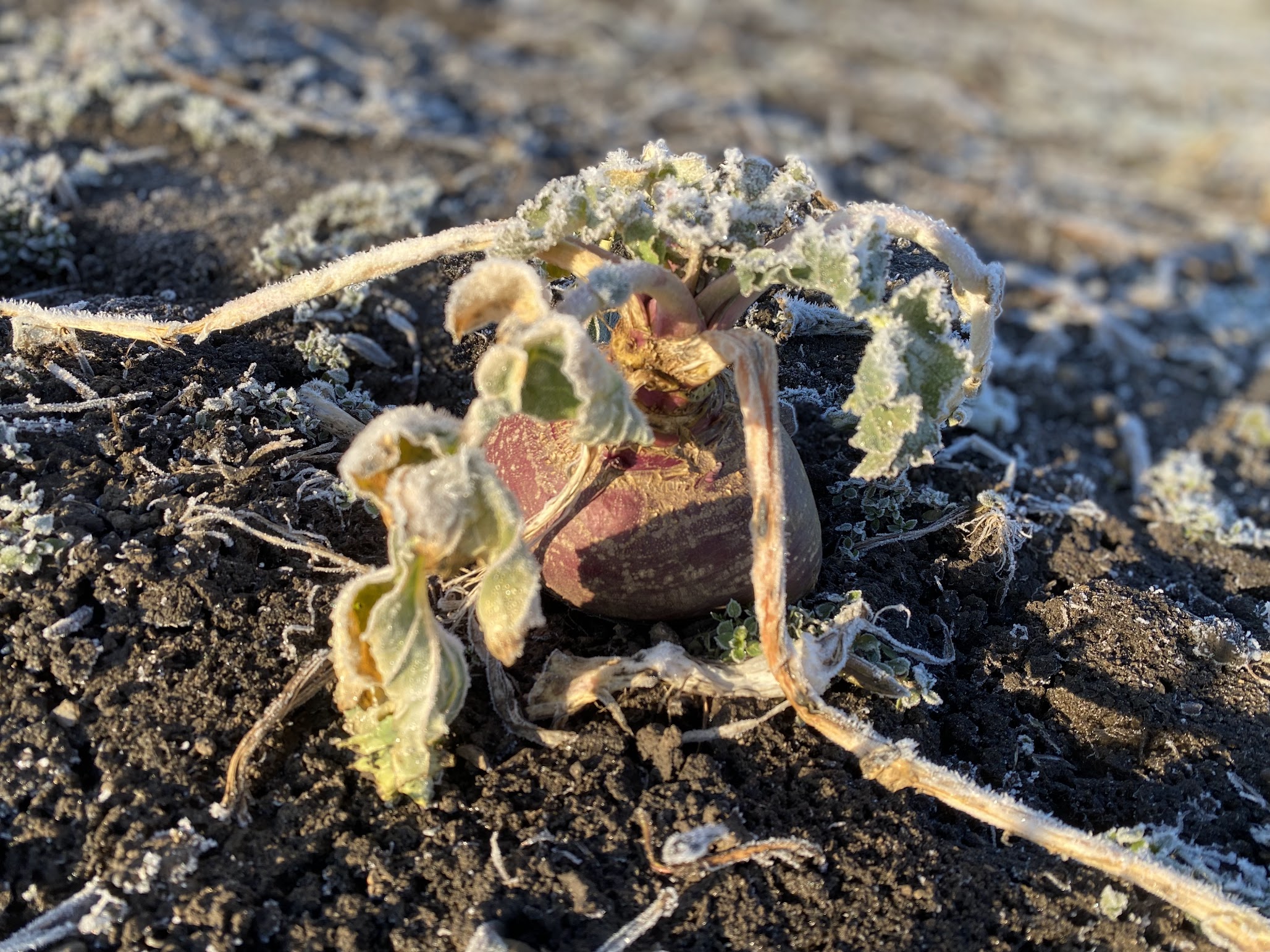
Overwintered rutabaga in the field
Overwintering in a word that has a few uses. We use the word to speak to a crop that we planted in the late summer or fall time and it survives the winter. This means, the crop has been stored in some way throughout the winter and can be enjoyed in the spring time. We store most of our root crops in our cooler (aka the make-shift root cellar). However you may have noticed that for the first time ever, we harvested rutabagas from the field in the spring for our first shares. This means, the rutabaga were “stored” in the field from July 2023 to May 2024, and since the plant had roots in tact, the plant was living and flavorful throughout this time.
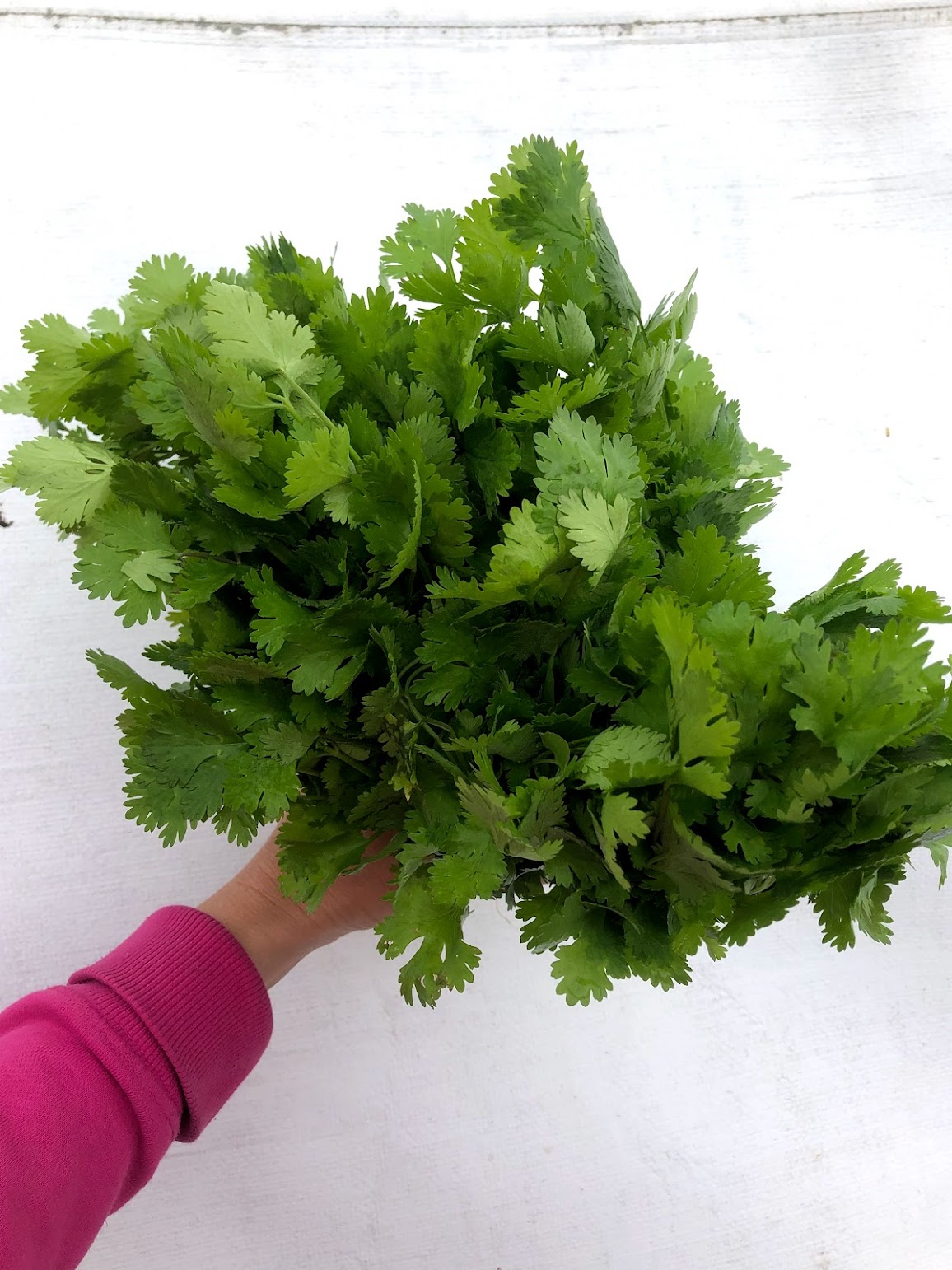
Our farming friends at Harmony Valley, for the first time ever, even overwintered cilantro which we featured in shares last week. We’re also featuring their overwintered field grown parsnips in shares.
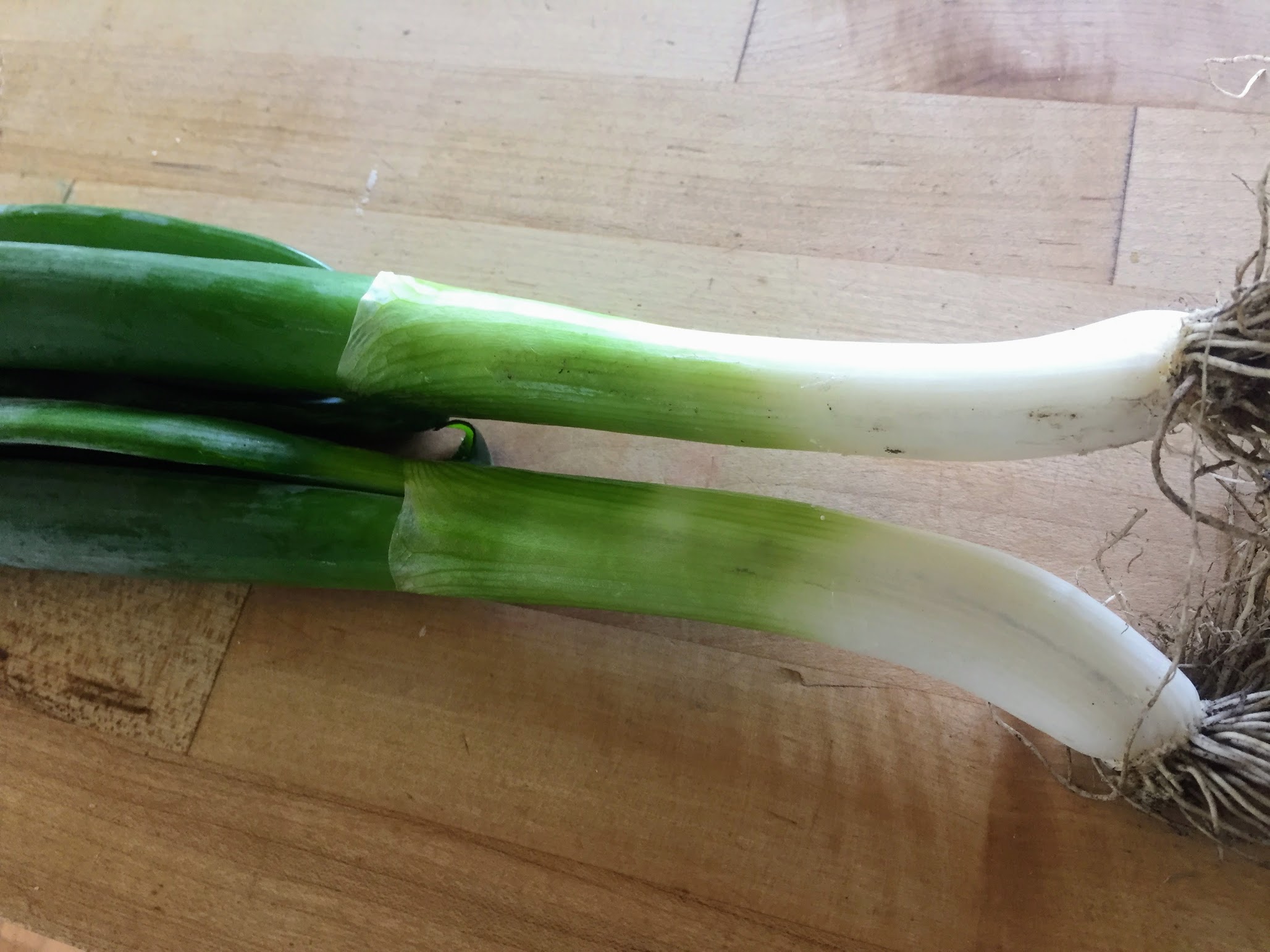
Overwintered scallions (aka spring onions)
Eliot Coleman writes in his book The Winter Harvest Handbook about his ongoing experiments with seeding or planting in fall. Spinach and lettuce direct seeded or transplanted in fall are ready a month earlier than spring transplanted lettuce. Overwintering scallions are ready five weeks ahead of spring-planted scallions. In considering other crops to overwinter, Coleman writes, “we are just beginning to tease out the possibilities.”
We feel the same way as Coleman as we continue to experiment with overwintered crop. With our lake effected, clay-based soil growing environment, we closely stay tuned into overwintered seed studies and trials taking place at the University of Wisconsin-Madison.
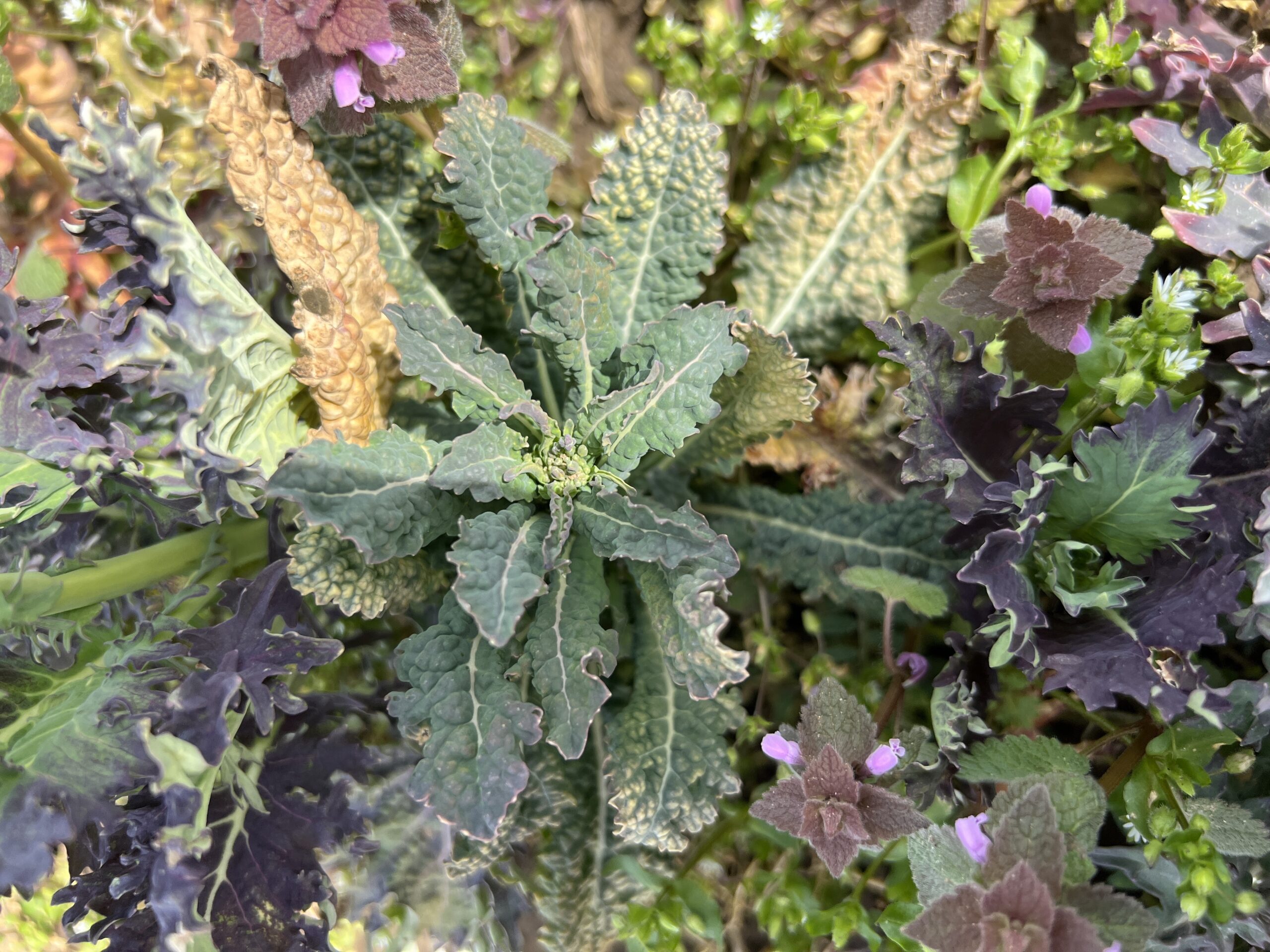
Overwintered kale growing this spring
We already experiment in a variety of ways. We intentionally plant spinach to go through these outdoor weather cycles. Spinach leaves benefit from the snow, frost, wind and rain of winter. We plant smaller bulbs of garlic to grow into an early, spring green garlic harvest so members can taste fresh garlic again as early as May. As always, we keep a close eye on any other fall crops that make it through the winter and evaluate their potential.
Kale is known to be fairly winter hearty but eventually does succumb to winter weather conditions. This year, seed scientists are contacting veggie farmers in the midwest to understand the varieties that are growing back most strongly, and learn more about kales that are flowering in the springtime. They will use this information to study organic seeds that can be selected to be increasingly mild winter-resilient. If we can contribute to the studies to build our collective midwest grower knowledge and resiliency for us all — gardeners, growers, water stewards, land stewards and eaters alike — we’re happy to do our part!
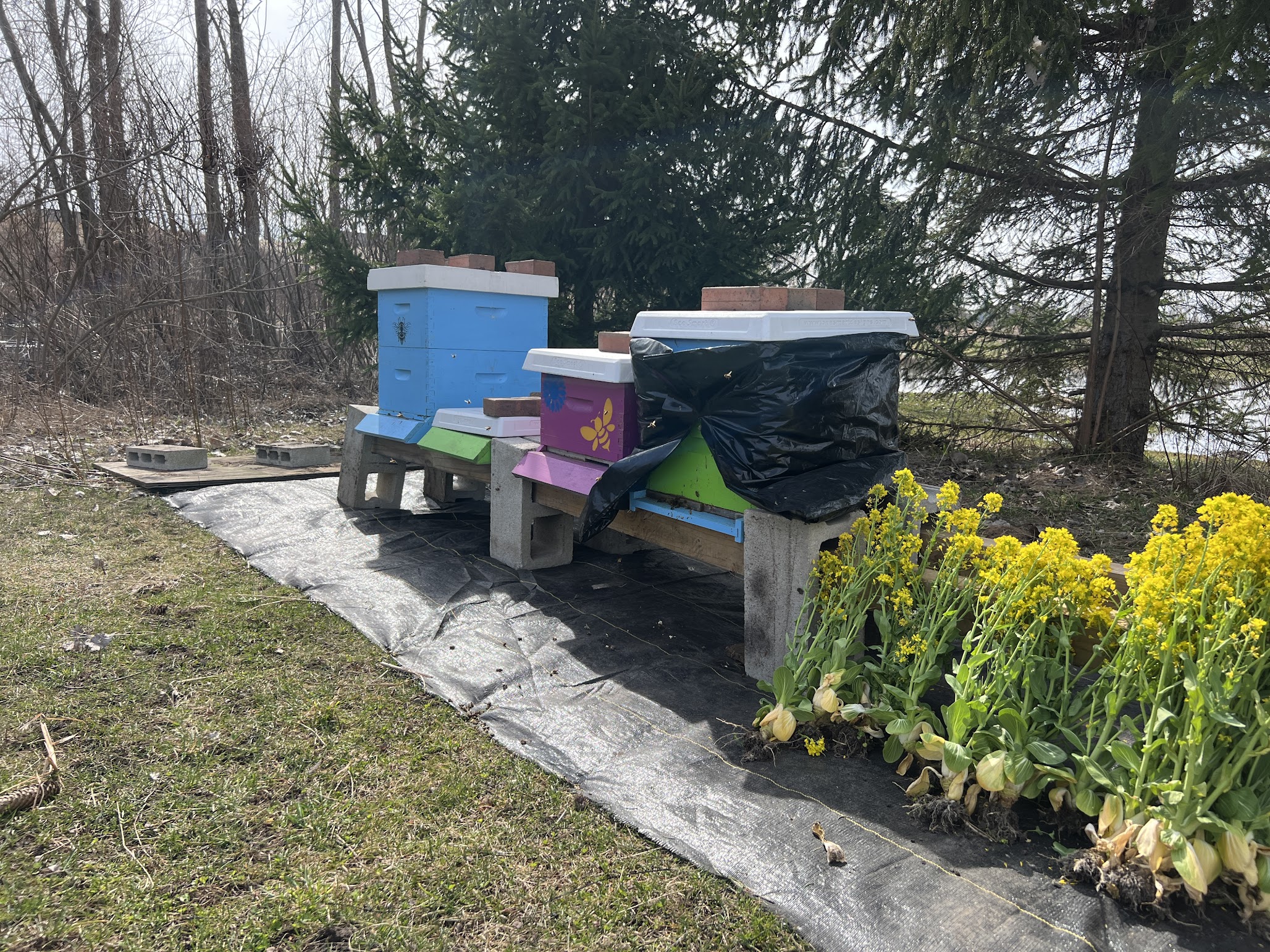
Flowering bok choy is a treat for bees on a 50-degree March day
Adapting means taking advantage of overwintering opportunities winter provides so we can to provide additional food options for our community (even if its our bee community).
Adapting also means balancing the unintended consequences of doing so, for instance harboring pest populations due to warm winters that could impact next spring’s growing conditions.
The delicate balance is worth it to figure out and we believe will land us in the same place we always strive to remain: producing food for our community year-round.
~ Jeff, Jen, David, Cleto, Anacleto, Miguel and the Liberty Prairie team
